Loom is a popular screen and video recording tool that is widely used for tutorials, presentations, and remote collaboration. Nevertheless, some users might experience a problem where Loom does not record audio of others during calls or meetings. This problem may affect productivity, collaboration, and the effectiveness of recordings.
In this guide, we’ll explore why this happens and provide solutions to ensure you capture both your voice and others’ audio seamlessly.

When using Loom to record meetings or presentations, users may encounter the problem that Loom does not record audio of other participants. Technical or configuration issues usually cause this malfunction. The following are common reasons:
One of the most common reasons why Loom fails to record others’ audio is that the system or Tab audio capture function is not enabled. By default, Loom only records audio from the microphone and will not capture the sounds from other apps or browser tabs. If this feature is not enabled, Loom can only record the microphone’s sound, resulting in the absence of other audio during meetings and presentations.
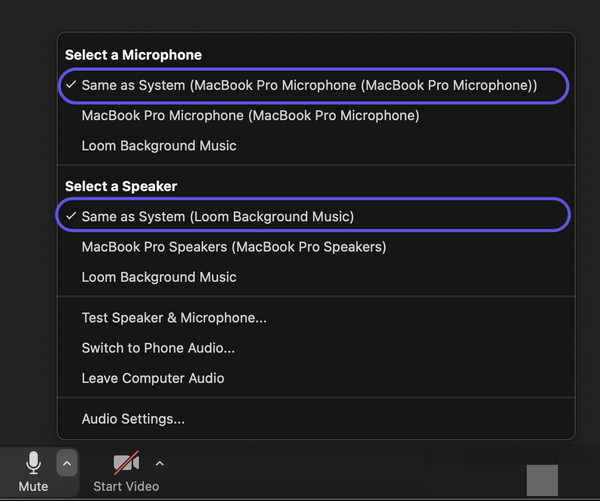
Loom not recording audio of others occurs when multiple software programs simultaneously compete for audio input and output resources. The microphone or speaker can only be used by one program on the majority of operating systems. Loom may not be able to record system sounds or other participants’ voices if programs like Zoom, Discord, or media players are using the audio devices.
To minimize these conflicts, users can ensure Loom gets priority access by checking their system audio settings and shutting off other unnecessary software before recording.
The strict privacy settings of modern operating systems and browsers may prevent Loom from recording system audio, for instance, macOS requires users to grant screen recording and microphone permissions in system settings when you want to record audio on Mac. Similarly, if Windows does not recognize Loom as a trusted software, it may also hinder its audio capture function.
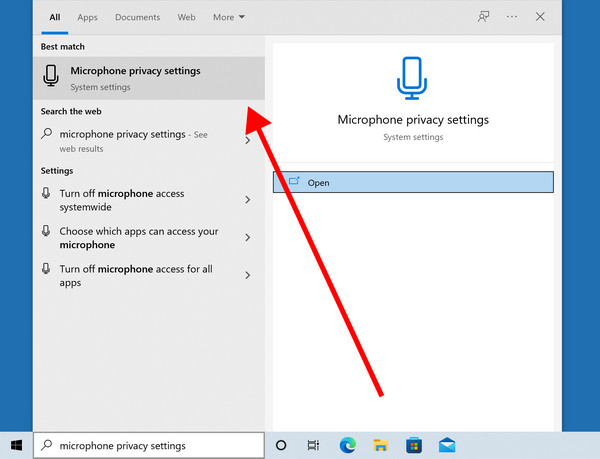
The web version of Loom may face more limitations. Browsers such as Chrome often require separate permissions to capture the audio from specific tabs. If the consent is not granted, Loom will not be able to capture the browser’s sound.
Using an older version of Loom or a browser may also cause audio recording issues. The latest audio capture protocols might not be supported by older versions of Loom, which would prevent it from accurately recording system or meeting audio.
Through the above analysis, we have already understood various possible reasons why Loom does not record audio of others. Next, we will provide a series of practical solutions to these common problems. Let’s start with the first and most fundamental solution: Enable the internal audio recording of your computer.
To enable Loom to record system audio (including the voices of other participants), you must enable the internal audio recording feature on your computer. The settings of different operating systems vary, but the core principle is to adjust the sound settings to allow Loom to access the system audio. Now, let’s take the Windows system as an example to demonstrate the operation:
1. Right-click the speaker icon in the system tray and select Open Sound settings.
2. In the Sound settings, navigate to the Recording tab. Then, right-click in the blank area of the Recording tab and select Show Disabled Devices.
3. After Stereo Mix is listed (or a similar option like Wave Out Mix), right-click it and enable it.
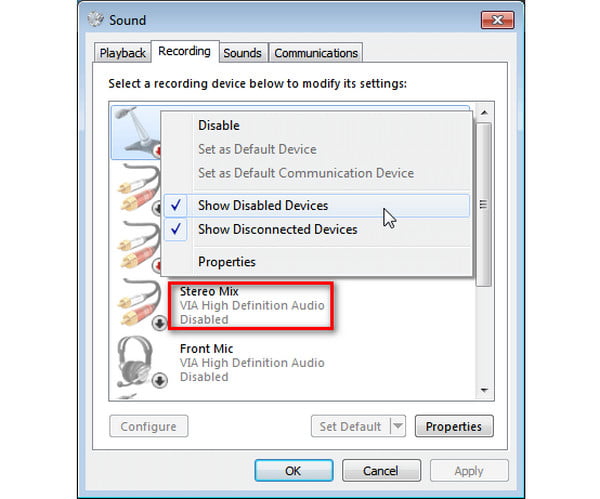
After completing the above three steps, you will enable the internal audio recording on Windows.
After completing the system settings, if Loom still fails to record others’ voices, then the next step is to adjust the recording settings of Loom itself, including selecting the correct audio input, setting the appropriate recording mode, and adjusting the audio quality parameters.
• Selecting the correct audio:
To guarantee that other people’s sounds are accurately recorded, you must choose the Computer Audio option. Additionally, please choose the appropriate microphone device as the second audio input source if you need to record your voice simultaneously.
• Setting the appropriate recording mode:
When setting the recording mode, it is best to choose a combination of screen and audio for recording, rather than the screen-only mode, as this will prevent the loss of audio. In addition, you’d better use full-screen recording mode because it can guarantee flawless audio and video synchronization.
• Adjusting the audio quality parameters:
It is advised to disable the Automatic Gain Control feature, which could result in volume fluctuations, and to set the audio bit rate to 128 kbps or higher in order to guarantee crystal-clear sound quality.
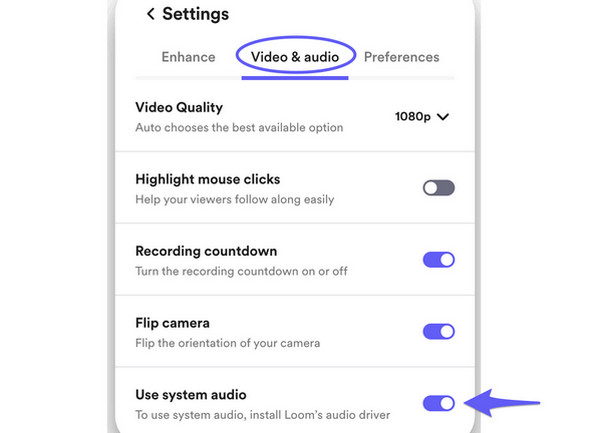
When the web version of Loom fails to record audio of others, the cache data and browser extensions are often also to blame.
First, it is recommended to delete the browser’s cache and history completely. Like accumulated dust, these temporary files can affect the quality of recordings. In Chrome, you can conduct a thorough cleanup by clearing browsing data in the settings.
If Loom still cannot record the audio of others, then the extension applications, particularly those about ad blocking, privacy protection, and audio processing plugins, must be carefully managed. To determine which specific extension is causing the issue, I recommend turning off all of them and then turning them back on one by one to test. You must be patient.
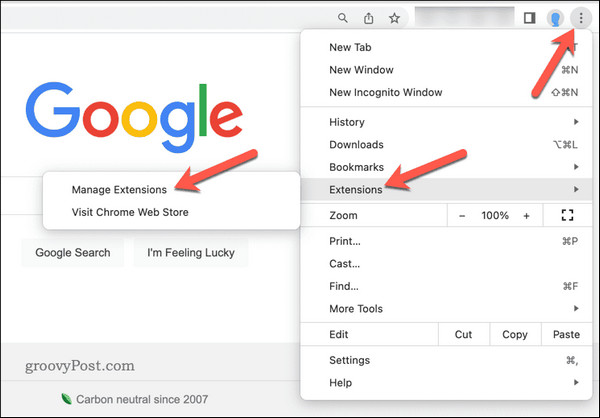
Lastly, it’s important to maintain an updated browser. The most recent version of the browser typically provides improved compatibility and resolves problems with audio capture.
If you still fail to enable Loom to record the voices of others after following the above fixes, you can choose a more reliable screen recording tool.

AnyMP4 Screen Recorder is a multifunctional screen recording tool that provides high-quality and flexible recording capabilities, including audio recording. This screen recording software supports recording system sounds, microphone sounds, or both simultaneously. To accommodate diverse requirements, it provides a range of output formats, such as MP3, M4A, WMA, AAC, OPUS, FLAC, and WAV. Its noise reduction function is also capable of successfully removing background noise. Additionally, the scheduled and limitless recording features offer great convenience for lengthy recordings.
Secure Download
Secure Download
Throughout this guide, we have understood why Loom does not record audio of others and provided four fixes to solve the problem. Although Loom has such a recording issue, if you want to record a meeting or presentation with audio smoothly, you can try Loom alternatives such as AnyMP4 Screen Recorder.
Secure Download
Secure Download